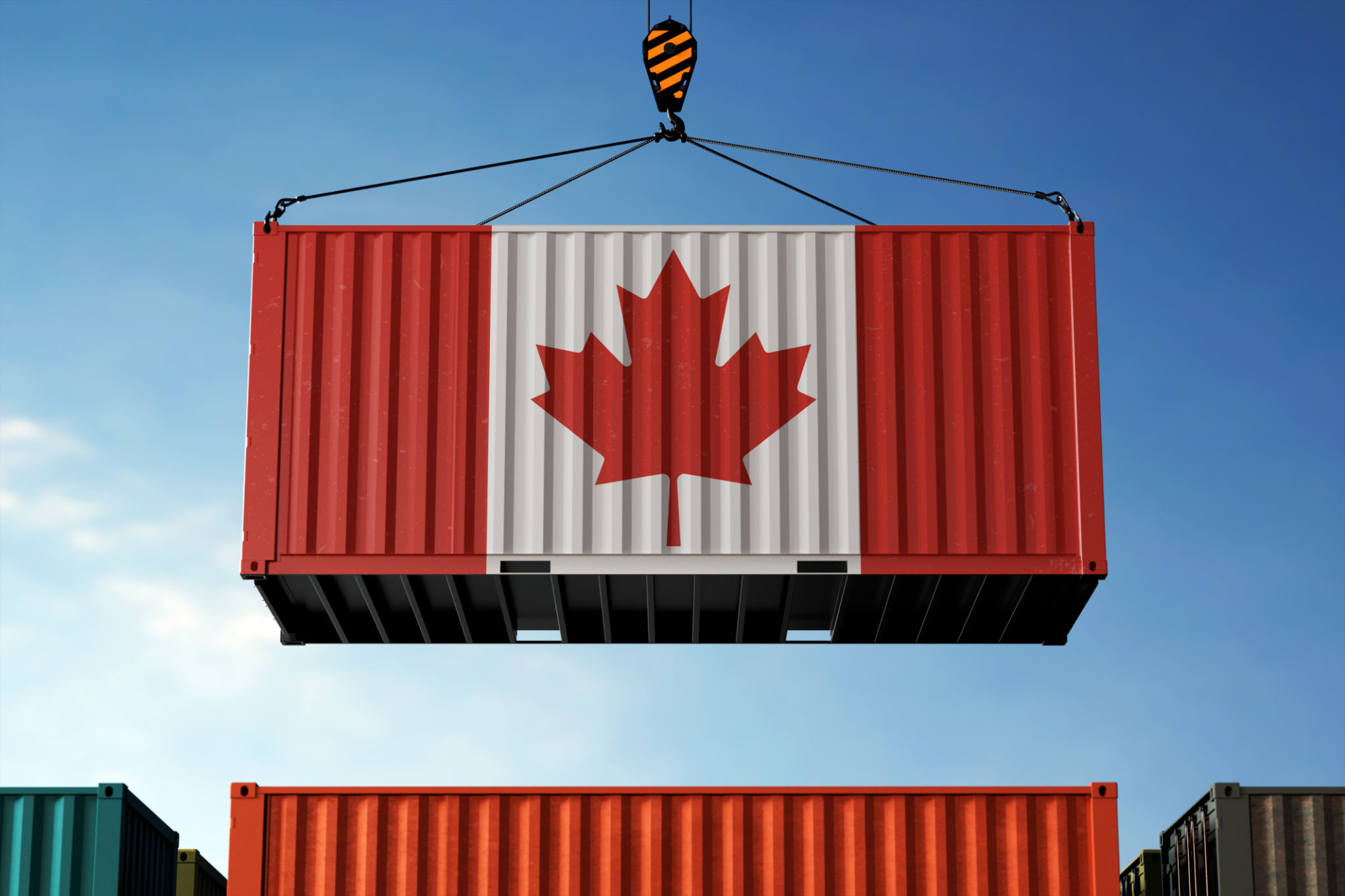The Role of Aerospace and Defense Companies in Sustainable Agriculture
Introduction to Aerospace and Defense in Agriculture
In recent years, the intersection of aerospace and defense technologies with sustainable agriculture has emerged as a promising frontier. These industries, traditionally focused on national security and space exploration, are now playing a pivotal role in revolutionizing agricultural practices. By harnessing advanced technologies, aerospace and defense companies are contributing to more efficient, sustainable, and resilient agricultural systems.

Advanced Technologies in Precision Agriculture
One of the most significant contributions of aerospace and defense companies is in the realm of precision agriculture. This approach utilizes technologies such as satellite imagery, drones, and GPS systems to monitor crop health, soil conditions, and weather patterns. By providing farmers with precise data, these technologies enable more efficient use of resources like water, fertilizers, and pesticides, minimizing environmental impact while maximizing yield.
The use of drones, for instance, allows for real-time aerial surveillance of vast agricultural lands. This capability helps farmers identify issues such as pest infestations or nutrient deficiencies early, allowing for timely interventions. Additionally, satellite imagery provides comprehensive data on crop growth and soil moisture levels, facilitating informed decision-making.
Enhancing Supply Chain Efficiency
Aerospace and defense companies also play a crucial role in improving agricultural supply chain efficiency. By leveraging their expertise in logistics and advanced communication systems, these companies help streamline the movement of goods from farm to market. This is especially important in reducing food waste and ensuring that perishable products reach consumers quickly and safely.

Moreover, the development of autonomous vehicles and robotics is revolutionizing the transportation and handling of agricultural products. These innovations reduce labor costs and enhance the speed and efficiency of agricultural operations, contributing to a more sustainable food supply chain.
Climate Resilience through Aerospace Innovations
Climate change poses a significant threat to global agriculture, making resilience a key focus area. Aerospace technologies offer valuable insights into climate patterns and weather forecasting. By using satellite data for climate modeling and prediction, farmers can better plan their activities to mitigate the impacts of adverse weather conditions.
In addition to predictive capabilities, aerospace innovations are aiding in the development of climate-resilient crops. Genetic research facilitated by advanced technologies helps breed crops that are more resistant to drought, extreme temperatures, and other climate-related challenges.

Collaboration for a Sustainable Future
The synergy between aerospace and defense companies and the agricultural sector underscores the importance of collaboration in addressing global challenges. By working together, these industries can drive innovation that promotes sustainability and food security. Partnerships between technology providers and agricultural producers are paving the way for groundbreaking solutions that benefit both the environment and society.
As we look to the future, continued investment in research and development is essential. By integrating advanced aerospace technologies with sustainable farming practices, we can build a more resilient agricultural system capable of feeding a growing population while preserving our planet's resources.
Conclusion
The role of aerospace and defense companies in sustainable agriculture is multifaceted and transformative. Through precision agriculture, enhanced supply chain efficiency, climate resilience initiatives, and collaborative efforts, these industries are helping to shape a more sustainable future for global agriculture. As technology continues to evolve, so too will the opportunities for innovation at the intersection of these fields, promising a brighter future for both farmers and consumers alike.